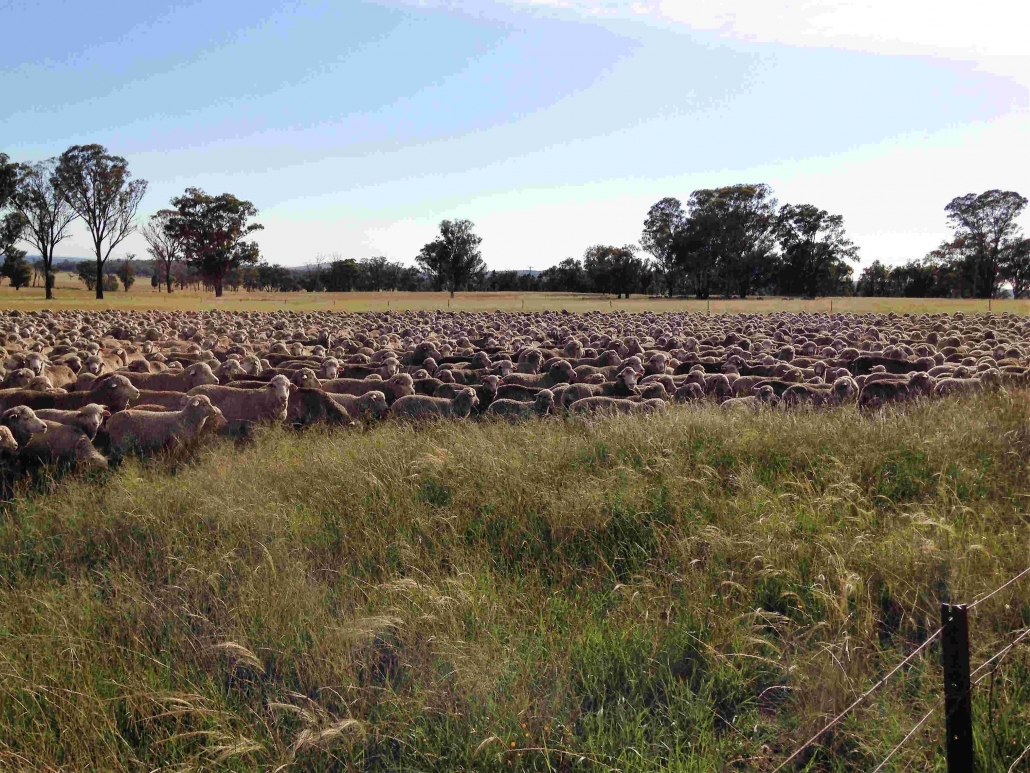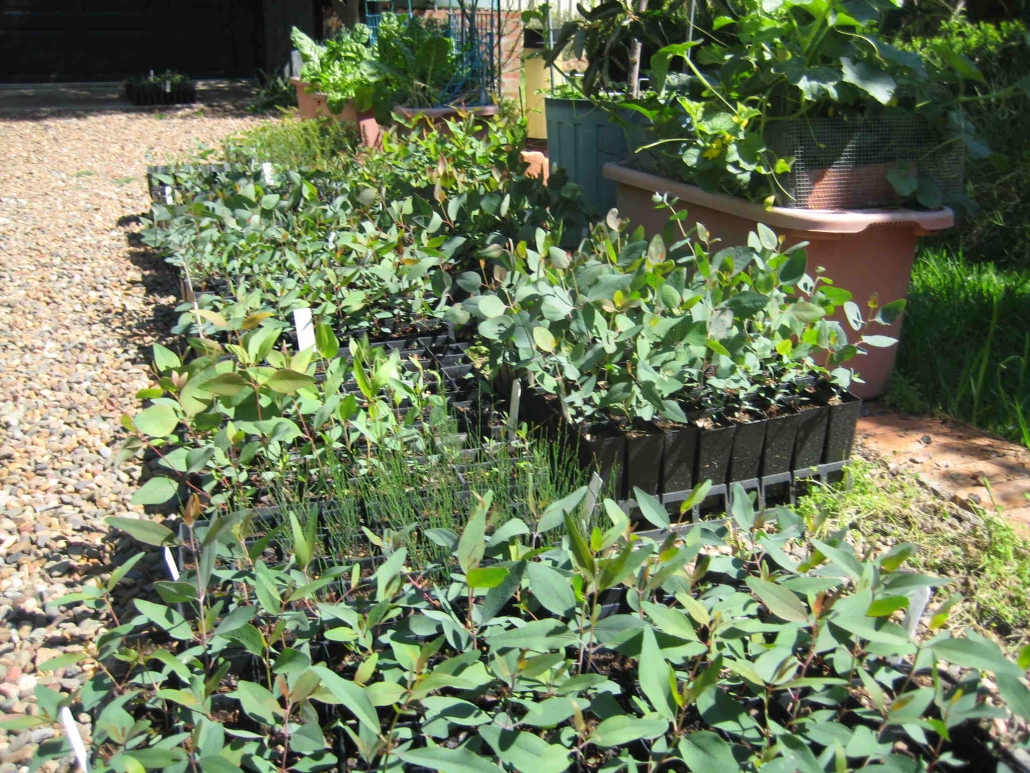Powerful predators
As part of our Wild Encounters project, in today’s Catchment Corner we’ll be getting to know another of our region’s vulnerable creatures, the powerful owl.
Like all owls, the powerful owl (Ninox strenua) is nocturnal and due to very soft wing feathers can fly almost silently. They hunt by night and roost during the day, often with the previous nights catch held in their talons.
The powerful owl is Australia’s largest owl. An apex predator, named for its ability to carry prey weighing more than its own body weight. They feed predominantly on arboreal animals, medium to large tree dwelling mammals, but will also take bats, roosting birds and ground dwelling mammals such as rabbits.
The habitat of the powerful owl is tall, dense forests of south-eastern and eastern Australia. It is found along the coast and the Great Dividing Range, extending to the western slopes. Their home ranges are large, at least 2000 to 2500 acres, and can extend even further when food is scarce.
Breeding pairs often mate for life, typically returning to the same nesting site year after year. They utilise large tree hollows to incubate and raise their young. These large hollows, up to 1 m wide and 2 m deep, can take up to 150 years to form. The breeding season is in winter, mainly in May and June, and brooding occurs in September. The male does all the hunting during this time and may aggressively defend the nest.
The young fledge at 6-8 weeks but remain dependant on their parents for 5-9 months, and sometimes into the next breeding season. Once fully independent they leave their parents to find their own home range and a mate.
The survival of this large predator is dependant on the availability of large prey. An in turn, their food source is dependant on the presence of diverse native forests. Clearing and fragmentation of habitat and loss of large, mature, hollow-bearing trees from our landscape mean the species is listed as vulnerable in NSW and threatened nationally.
Have you seen a powerful owl on your patch? Let us know: info@watershedlandcare.com.au
The Wild Encounters project is supported by Watershed Landcare through funding from the Australian Government’s Communities Environment Program and is a part of the NSW Landcare Program, a collaboration of Local Land Services and Landcare NSW supported by the NSW Government.


